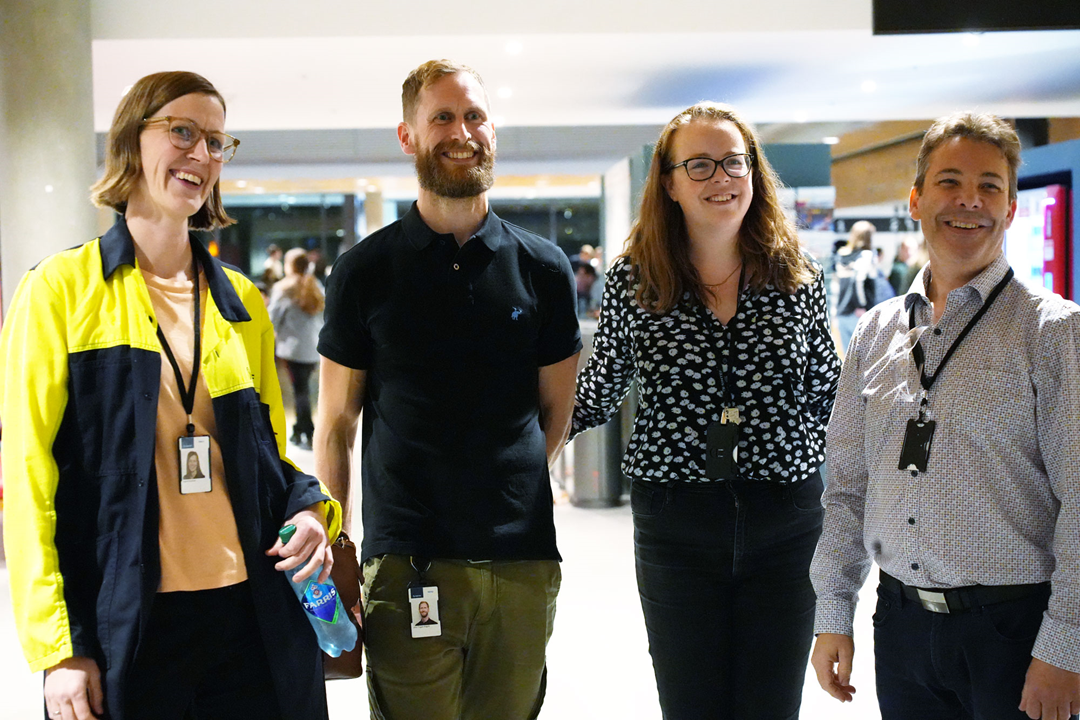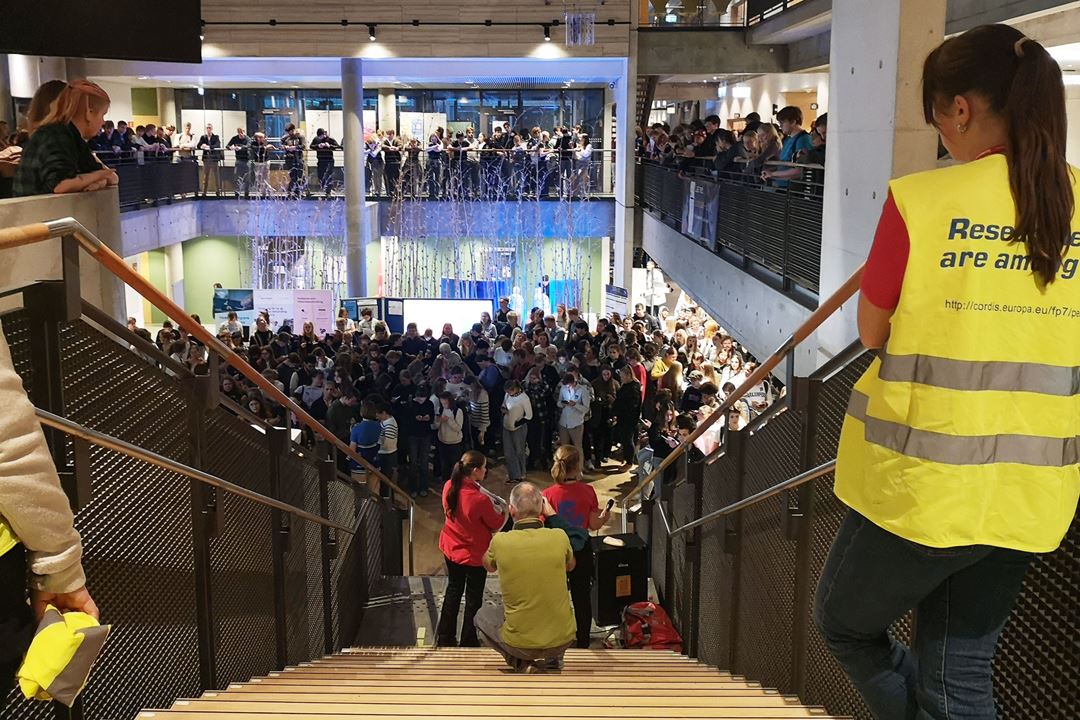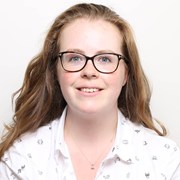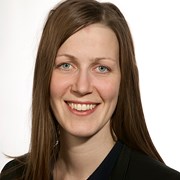Researchers’ Night is an annual event where students aged 16 to 18 and their teachers are invited to the Norwegian University of Science and Technology (NTNU) for an evening of science activities, lab visits and talks. This year was the nineteenth Researchers’ Night event, and over 1,000 students and teachers took part.
Hydrogen: the fuel that can lift spaceships
Throughout the evening, Research Scientist Katie McCay and Engineer John Trygve Angvik (SINTEF Industry) welcomed groups of students into the Norwegian Fuel Cell and Hydrogen Centre.
The Centre is a joint initiative from SINTEF, NTNU and the Institute for Energy Technology (IFE). It aims to stimulate Norwegian and European innovation along the entire fuel cell and hydrogen technology value chain.
For the first part of the tour, the students were given a talk explaining hydrogen’s potential as an energy source. For example, on days that wind turbines or solar panels produce excess energy, that energy can be converted into hydrogen and stored for later use instead of lost.
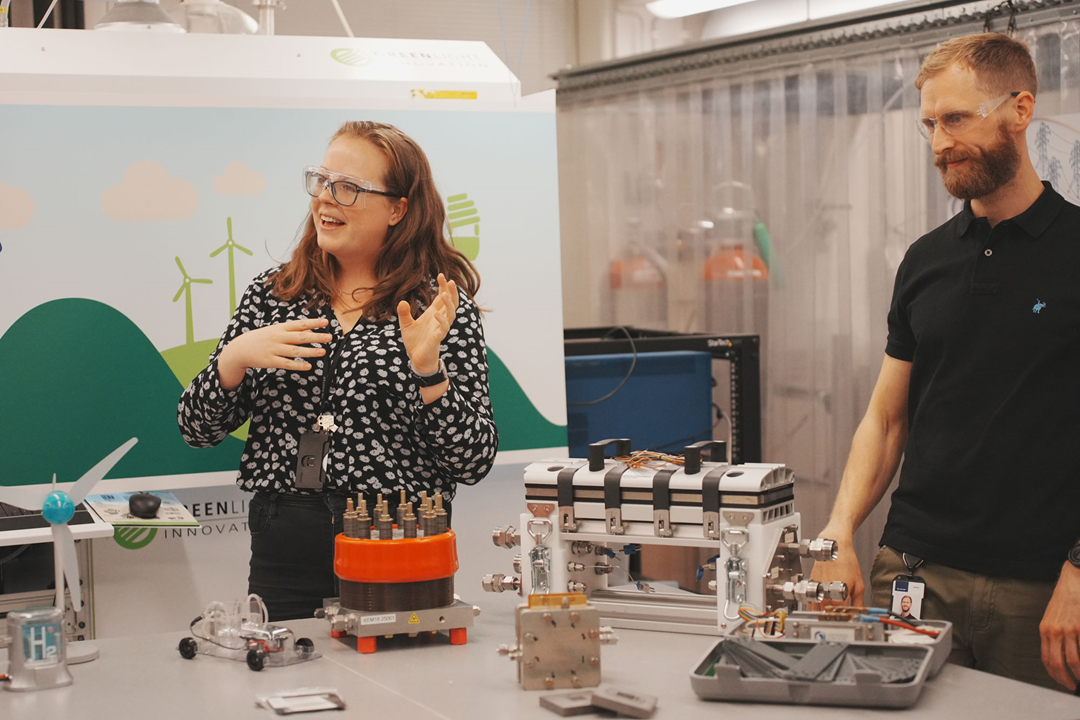
Katie showed the students a super-thin square called a “proton-exchange membrane” (PEM) fuel cell, consisting of a membrane electrode assembly (a polymer sheet with some platinum-based catalyst materials on each side) in between two metal bipolar plates. The students then got to see a fuel cell stack, containing 10 single cells stacked on top of each other. John Trygve described how hydrogen enters one side of the stack and is converted into energy as it passes through the cells. As the exhaust product is water, hydrogen has a lot of potential as a zero-emissions fuel for transport.
The students then moved outside for the second part of the tour to see a real hydrogen car, owned by Vice President of Marketing Steffen Møller-Holst (SINTEF Industry). Steffen explained that the car’s engine works in a similar way to the fuel stack the students had just seen in the lab – except instead of 10 fuel cells, the car contained 330 fuel cells.
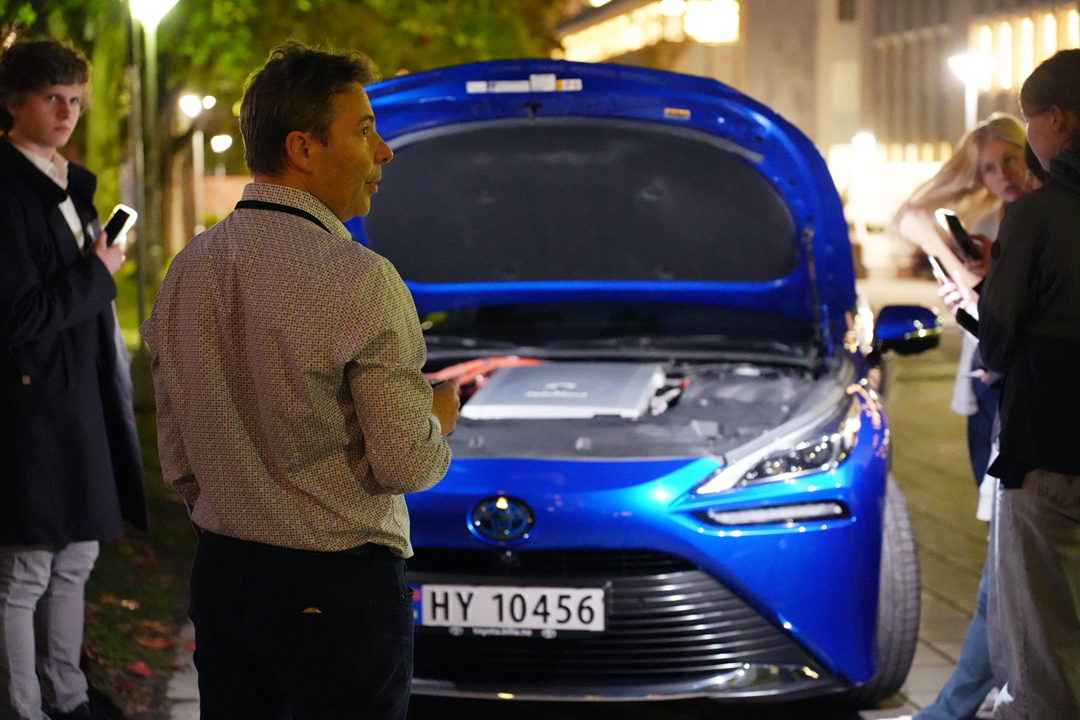
“It was very inspiring to see that so many school kids are interested in zero-emission energy production, to the extent that they spent their Friday night learning about it! Researcher’s Night is a great way of showing off the work we do and hopefully inspiring even more young people to pursue research in the future,” said Katie.
How can we cut our CO2 emissions?
Towards the end of the evening, Research Scientist Ingrid Snustad (SINTEF Energy Research) gave a 20-minute talk on CO2 capture and storage (CCS) to a room full of students and their teachers.
CO2 has many uses and plants need CO2 in order to grow. However, too much CO2 in the atmosphere is the main driver of climate change. Ingrid started her speech by showing that even though text books still say that there is 0.03% carbon dioxide in the atmosphere, the real number is closer to 0.04%.
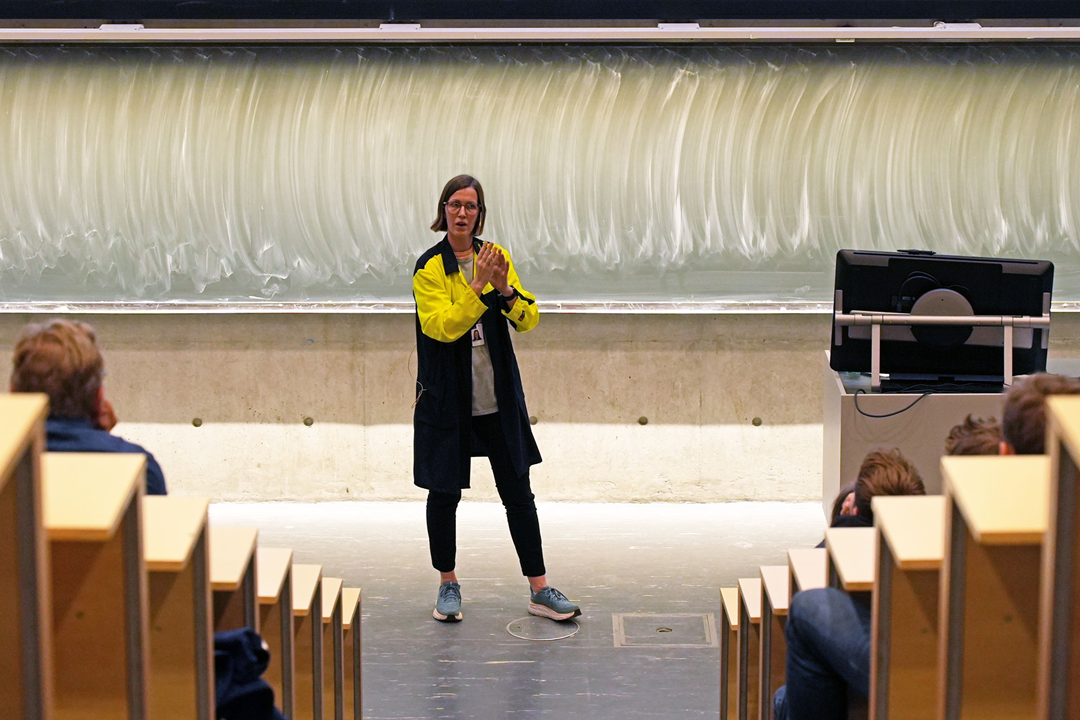
She then gave a brief history of CCS in Norway, and described how the technology can be used to decarbonise a variety of industries, including cement and waste-to-energy. Both of these industries are part of “Longship”, the Norwegian government’s first, full-scale CCS project, which is due to enter into operation next year.
Ingrid continued by explaining the different ways that we can capture CO2. She also talked about how she works with CCS at SINTEF, such as conducting controlled tests of releasing pressurised CO2, in order to understand how we design safe and cost-efficient pipelines.
"I felt very lucky to participate in Researchers' Night. Many enthusiastic young people got to hear about and experience a wide range of research activities, and it's great that some of them chose to listen to me talk about CCS. I hope to see some of them again as summer scientists or colleagues in a few years," said Ingrid.
A big thank you to everyone who participated in this year’s Researchers’ Night! Young people today are the problem solvers of tomorrow, and it was a great to see them engage with some of the research activities that SINTEF is involved in.
See you next year!
